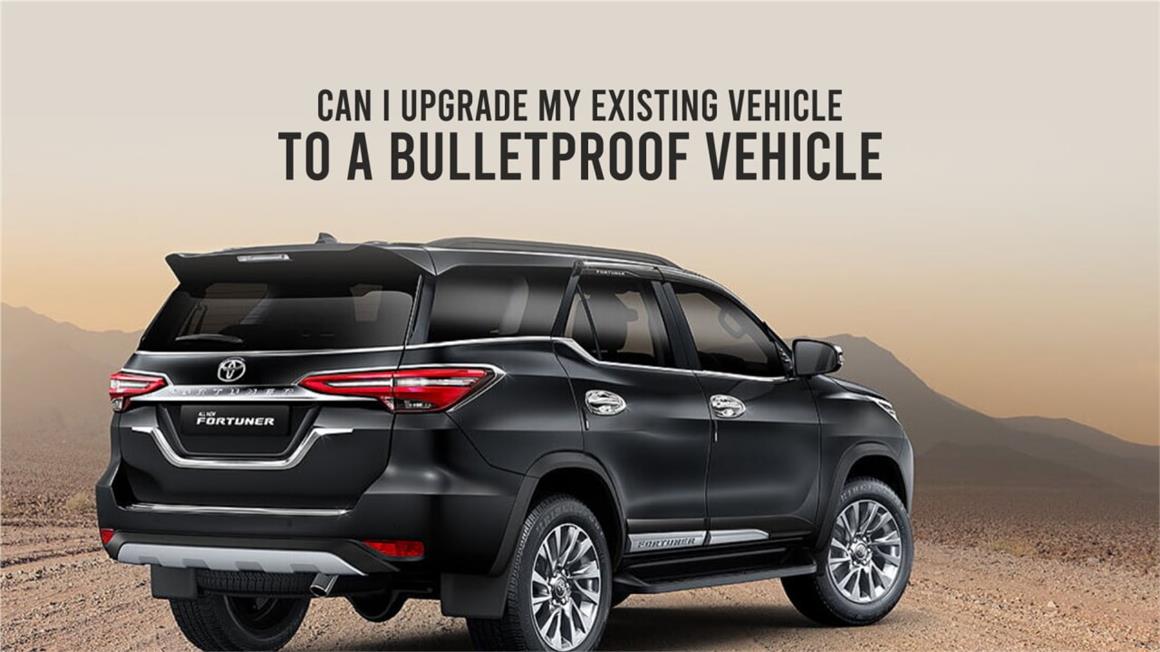
The use of civilian armoured vehicles has become increasingly important in our modern world as more people look for ways to stay safe in uncertain times. In recent years, the industry has seen a huge influx of new technologies that are changing the way these vehicles are designed, built, and maintained. From advanced nanoparticle armour and Active Protection Systems (APS) to high-tech monitoring systems, we'll explore how the most cutting-edge technologies have transformed this industry. Also, we will discuss future technologies and their scope in making the civilian armored vehicle industry more advanced.
Current Technologies
The civilian armored vehicle industry has seen huge ups and downs in recent years in the development and deployment of new technologies. Various materials and manufacturing processes are now used to produce civilian armored vehicles, and the industry is constantly evolving to meet customers' changing needs. Following are some currently used technologies:
Design
The implementation of computer-aided design (CAD) and computer-aided manufacturing (CAM) has allowed for more accurate and efficient production of armored vehicles. These technologies have also allowed for the production of more customized and specific vehicles that can meet the needs of a customer.
Run-flat tires
One of the most important technologies used in any civilian armored vehicle is its tire. Run-flat tires are specially designed to continue operating even when punctured or otherwise damaged. These tires are an essential safety feature of any armored vehicle, as they allow the vehicle to maintain control and continue moving even if one or more tires are damaged.
Bulletproof glass
Bulletproof glass is another common technology used in armored vehicles. The glass is designed to withstand high-velocity impact, making it ideal for protecting against ballistic threats. Bulletproof glass can be clear or tinted, depending on the needs of the customer.
Materials
Technology provided the opportunity to test and use different materials for bulletproof panels for armoured vehicles. Steel is the most commonly used material, as it is strong and durable. Aluminum is also a popular choice, as it is lighter than steel and, therefore, can provide better fuel economy. Composites are increasingly being used as well. They offer superior strength-to-weight ratios and can be designed to meet specific performance requirements.
Manufacturing process
A variety of armouring processes are used to produce civilian armored vehicles. Traditional methods such as stamping, welding, and riveting are still widely used, but more advanced techniques such as composite lamination and robotic assembly are also taking place in the market. These newer methods allow for greater precision and accuracy in the production process, which results in higher-quality products.
Advanced Technologies That Are Future
Some advanced technologies have yet to become normal in the armoured vehicle industry. However, time is not so far when these advanced technologies will start getting equipped in every armoured vehicle.
Active Protection Systems
Active Protection Systems (APS) is one of the newest technologies to hit the market. The system uses sensors to detect an incoming threat. There are several different types of APS systems, but they all have the same goal of keeping occupants safe.
360-degree cameras
Another upcoming trend in the armored vehicle market is 360-degree cameras. However some armorued vehicles are currently using the technology, but it has yet to be common. These cameras give the driver a complete view of their surroundings, which is essential for avoiding potential threats.
Wireless communications
Wireless communications systems will become increasingly popular in civilian armored vehicles. These systems allow occupants to stay in contact with the outer world, even in areas where there is no cell phone coverage.
Nanoparticle armour
The use of nanoparticles in armor has been the subject of research for many years. The unique properties of nanoparticles, including their small size and chemical reactivity, make them ideal candidates for a variety of applications in the field of armor. These materials can provide multiple functions, such as protection against ballistic impact, heat, and electromagnetic radiation.
Summary
In conclusion, the civilian armored vehicle industry is one that has seen drastic changes since its inception. Technologies like lighter-weight materials and advanced manufacturing processes have enabled the industry to offer more options to potential customers and establish itself as a reliable source of safe transportation. After so many technologies have been incorporated, there is still a huge space for new technologies. In the near future, we will see more advanced technologies protecting civilians in high-tech armoured vehicles.